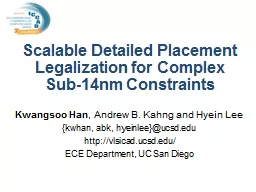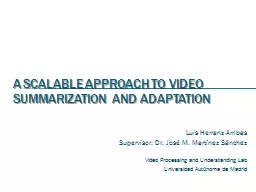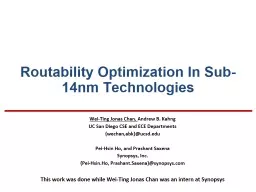PPT-Scalable Detailed Placement Legalization for Complex Sub-14nm
Author : olivia-moreira | Published Date : 2019-10-31
Scalable Detailed Placement Legalization for Complex Sub14nm Constraints Kwangsoo Han Andrew B Kahng and Hyein Lee kwhan abk hyeinlee ucsdedu httpvlsicaducsdedu
Presentation Embed Code
Download Presentation
Download Presentation The PPT/PDF document "Scalable Detailed Placement Legalization..." is the property of its rightful owner. Permission is granted to download and print the materials on this website for personal, non-commercial use only, and to display it on your personal computer provided you do not modify the materials and that you retain all copyright notices contained in the materials. By downloading content from our website, you accept the terms of this agreement.
Scalable Detailed Placement Legalization for Complex Sub-14nm: Transcript
Download Rules Of Document
"Scalable Detailed Placement Legalization for Complex Sub-14nm"The content belongs to its owner. You may download and print it for personal use, without modification, and keep all copyright notices. By downloading, you agree to these terms.
Related Documents














